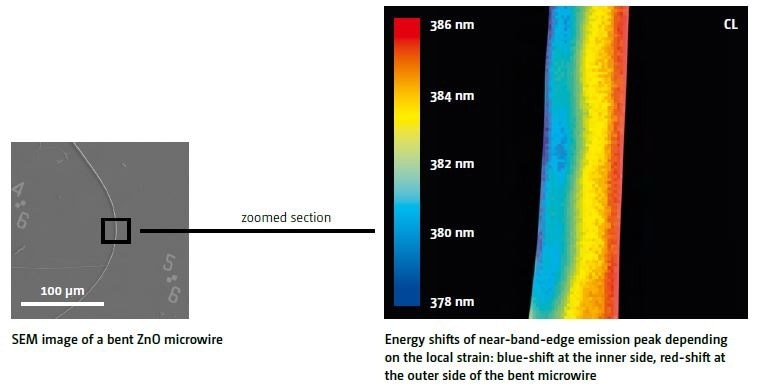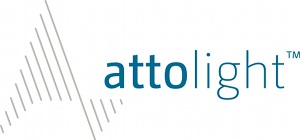More and more fields of applications recognize the benefits offered by ZnO due to its extraordinary properties such as the wide direct band gap (3.37 eV), the large exciton binding energy (60 meV), and superior piezoelectric, optical and photoelectric properties. Particularly in applications involving piezoelectric, photoelectric, semiconducting and high flexible mechanical properties at micro and nanoscale, ZnO micro/nanowires are frequently the material of choice in a number of fields including:
- Ultraviolet lasers, photodiodes and detectors: based on the wide direct band gap and large exciton binding energy of ZnO at room temperature
- Solar cells: ZnO micro/nanowires have a huge absorption window of sunlight and doping is an efficient method for tuning the wide band gap
- Nano-generators: due to the powerful coupling property between semiconducting and piezoelectricity of ZnO micro/nanowires
- Electro-chemical applications: chemical and biological sensors
- Optical and mechanical applications: strain, waveguiders and nanoforce sensors
Cathodoluminescence
Cathodoluminescence is considered to be a vital technique for studying the electronic band structures of semiconductors. Its application field includes carrier dynamics, the analysis of the defect distribution and characterization of the energy band structures, all these parameters being critical to enhance the design of high performance electronic and optical devices. The features of the Attolight CL system lead to a new research field:
- Complete characterization of nanostructures: with up to 10 nm of spatial resolution, it is one of the most influential tools to study local and non-local strain effects on the energy bands of ZnO micro/nanowires
- Investigation of the carrier dynamics by using the time-resolved upgrade in order to obtain the charge carriers diffusion and mean-life of ZnO micro/nanowires under varied strain states
- Defect analysis: the comparison of the CL spectra offers information about defects levels


This information has been sourced, reviewed and adapted from materials provided by Attolight.
For more information on this source, please visit Attolight.